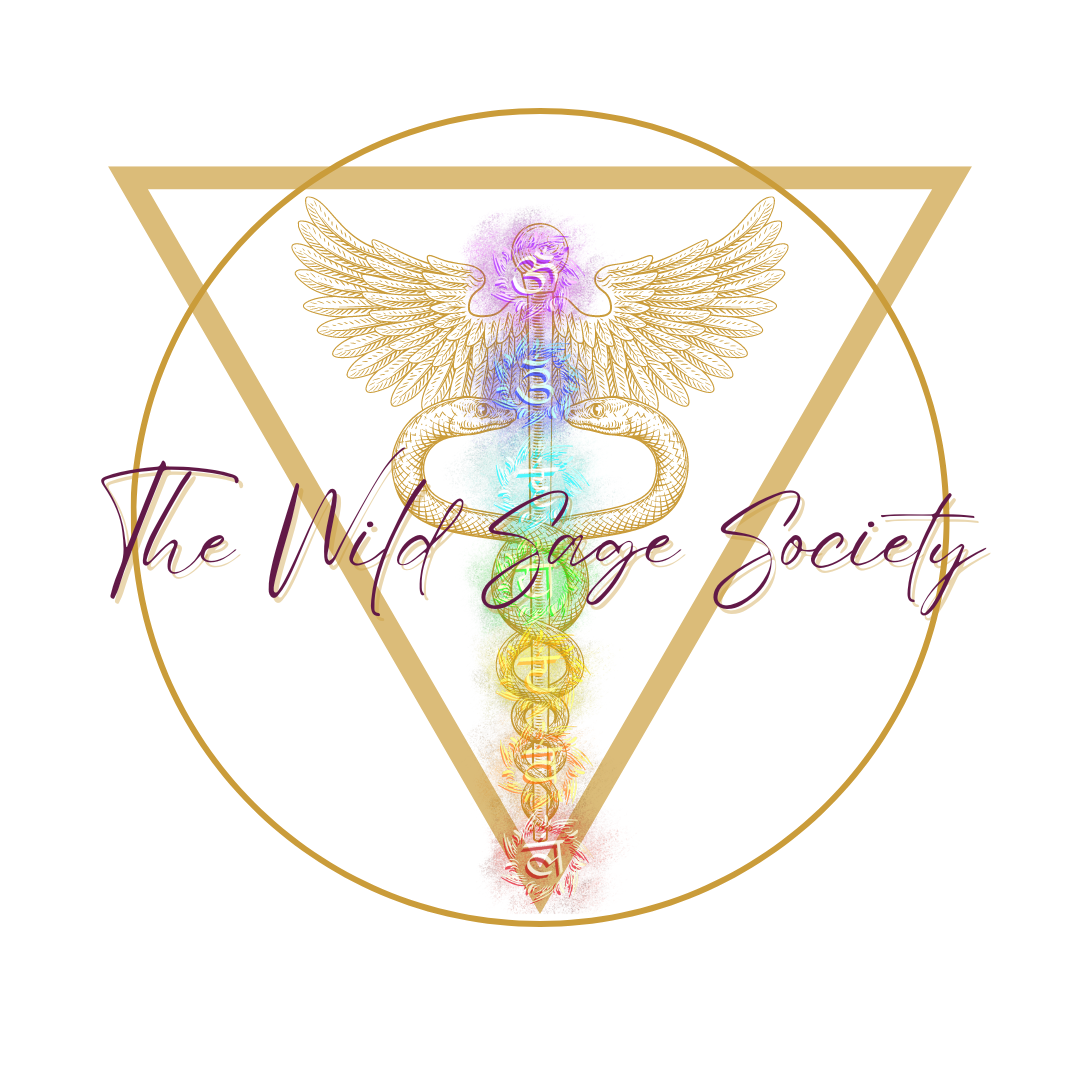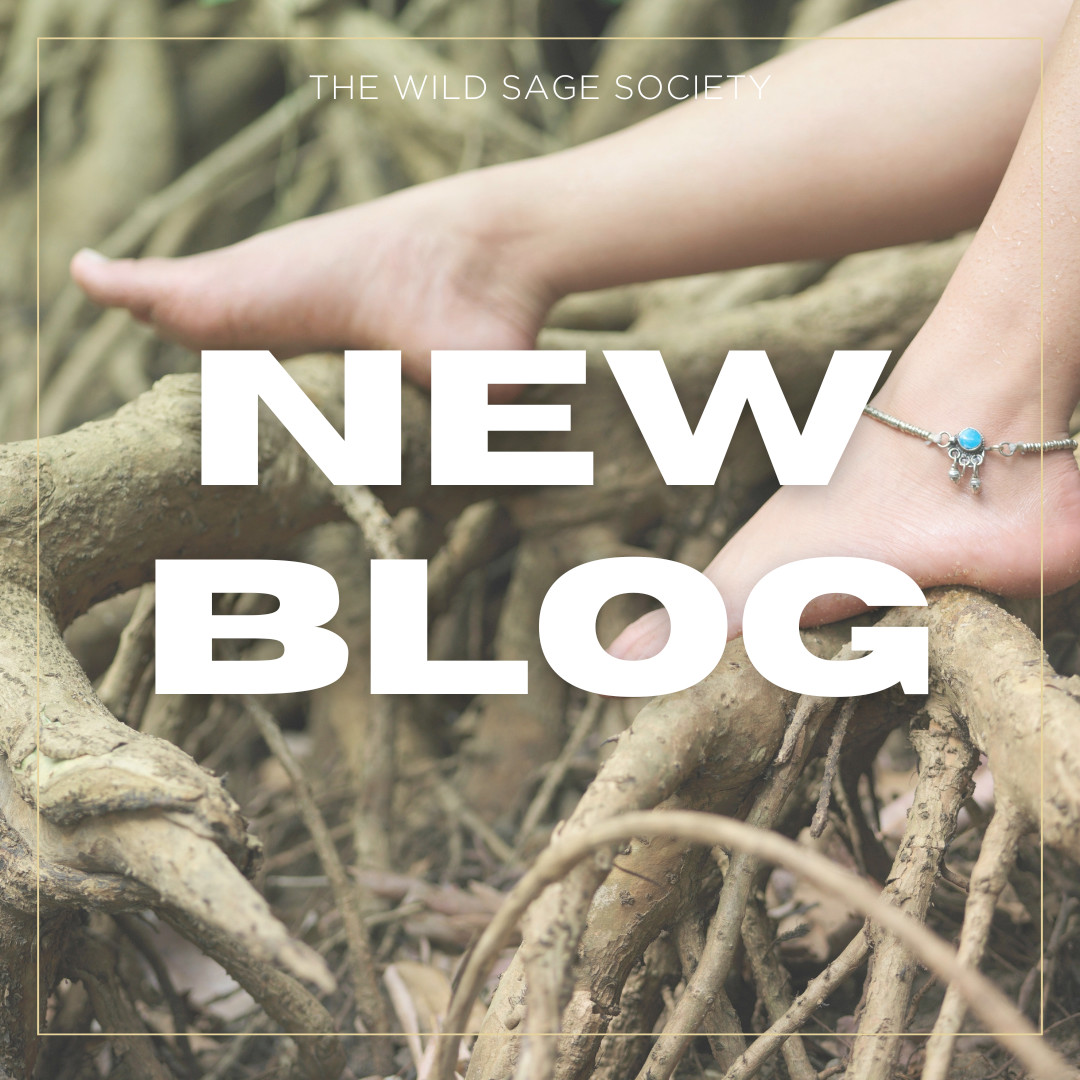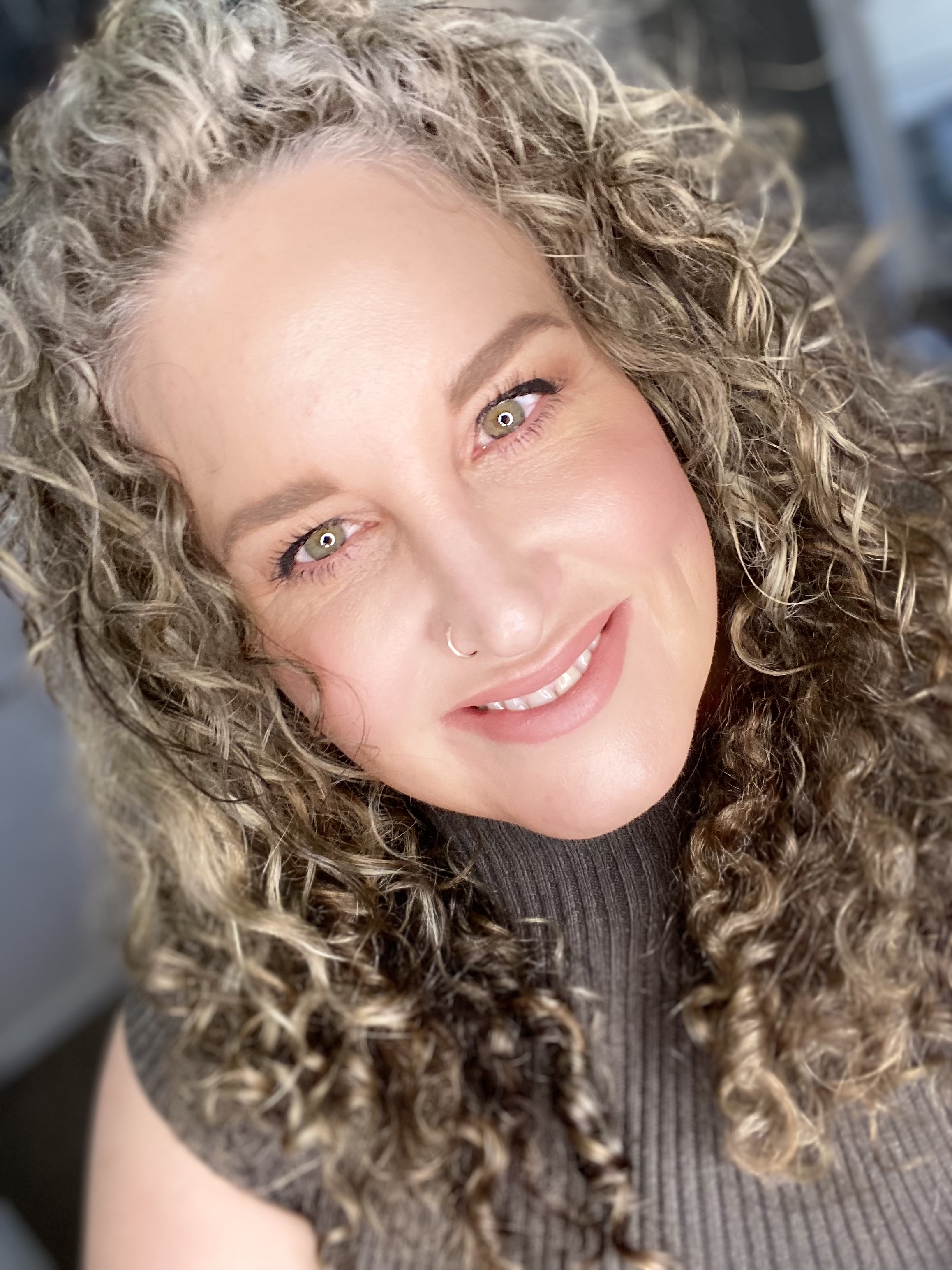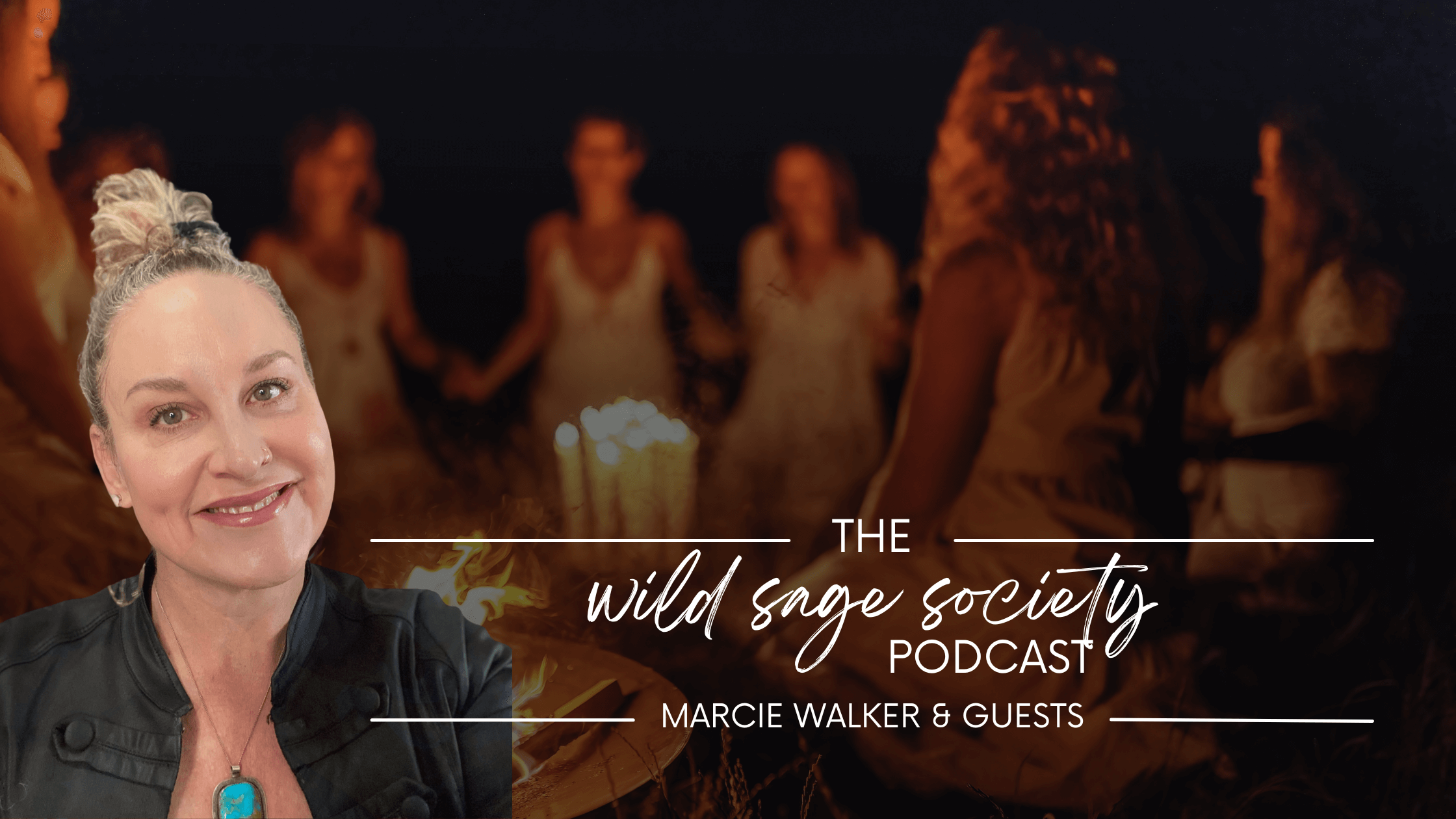
After a deeply transformative pause, Season 2 of The Wild Sage Society Podcast has officially begun. In this solo episode, I invite you into my journey of self-discovery, healing, and alignment—a journey that has reshaped not just my business, but my entire outlook on life. Let’s dive into the lessons learned, the challenges faced, and the profound shifts that brought me back to the mic with a renewed sense of purpose.
Honoring the Power of the Pause
Taking a step back can feel counterintuitive in a culture that glorifies hustle and relentless productivity. For me, stepping away from the podcast was not a sign of failure, but a courageous act of self-preservation. Over the past year, I faced challenges that pushed me to honor my mental, emotional, and physical well-being. Choosing to pause allowed me to recalibrate and realign with what truly matters.
During this time, I rediscovered the importance of balance and the necessity of listening to our inner wisdom. It was a sacred pause that opened the door to deeper self-awareness and growth. My message for you: It’s okay to step back. Sometimes, pausing is the most powerful step forward.
A New Chapter: Redefining Purpose and Identity
One of the biggest shifts during my time away was the decision to leave behind the financial coaching model of Marcie Walker LLC. While it served its purpose, it no longer aligned with who I was becoming. This pivot was both challenging and liberating. Transitioning fully into my role as a holistic healer within The Wild Sage Society was a bold move—a leap into authenticity and alignment with my calling.
This season, I’m embracing my multidimensional purpose: blending holistic healing, spiritual support, and entrepreneurship. It’s a heart-centered approach that reflects my core values and serves the women I’m here to empower. If you’ve ever felt the need to shed an old identity to make room for something greater, I’m here to tell you it’s possible—and worth it.
Redefining Success: Beyond the Material
In our society, success is often measured by external achievements: financial gains, accolades, and milestones. But over the past year, I’ve redefined what success means to me. True success now includes health, creativity, emotional safety, and living in alignment with my deepest values.
This shift has been a game-changer. It’s not about rejecting material success, but rather integrating it with a holistic sense of fulfillment. Success, for me, is now a harmonious blend of purpose, passion, and well-being. I invite you to reflect on your own definition of success. What truly matters to you, and how can you align your life to reflect those priorities?
Actionable Steps to Transform Your Life
This episode isn’t just about my story; it’s an invitation for you to embark on your own journey of transformation. Here are three steps to get started:
- Redefine Success: Take time to reflect on what success means to you beyond material gains. What brings you joy, fulfillment, and peace?
- Embrace the Sacred Pause: Identify areas in your life where a pause might be necessary. Trust that stepping back can create space for clarity and realignment.
- Adopt Holistic Practices: Begin exploring holistic approaches to running your business and life. Integrate practices that nurture your mind, body, and spirit.
Join Me on This Journey
As we embark on this new season together, my goal is to blend healing, integrity, and entrepreneurship in a way that uplifts and inspires. Through The Wild Sage Society Podcast, we’ll explore the intersections of personal growth, spiritual wisdom, and conscious business practices. Whether you’re navigating a career pivot, seeking deeper alignment, or simply curious about holistic living, this space is for you.
Thank you for joining me on this journey. Let’s redefine what it means to thrive—together.
About Marcie Walker
Marcie Walker is a Certified Clinical Hypnotherapist and Shamanic Practitioner passionate about helping individuals transform their inner landscapes. Through her work, she empowers clients to heal past traumas, embrace their authentic selves, and step into lives filled with purpose and fulfillment.
Connect with The Wild Sage Society
Discover profound insights from episode 39 of The Wild Sage Society Podcast, renowned channeler Daniel Scranton and host Marcie Walker. Scranton delved into intriguing topics, including the art of channeling and its enlightening possibilities. He also highlighted the remarkable power of sound, illustrating its ability to evoke emotions and transport us across time.
Scranton discussed the awakening of cosmic connections, urging us to explore our extraterrestrial DNA and embrace our broader cosmic heritage. Providing valuable meditation advice, he guided listeners on a journey to find inner bliss, even amidst the chaos of the mind. The conversation also redefined purpose, emphasizing the importance of authentic self-expression and the spreading of love and joy in impacting both individual lives and the world at large.
Scranton touched on the Schumann Resonance events, underscoring the intricate connection between Earth and higher dimensions. Immerse yourself in these transformative insights by exploring the full conversation at [link-to-the-blog-post]. Embark on a journey of self-discovery and cosmic understanding through the wisdom shared by Scranton and the Arcturians.
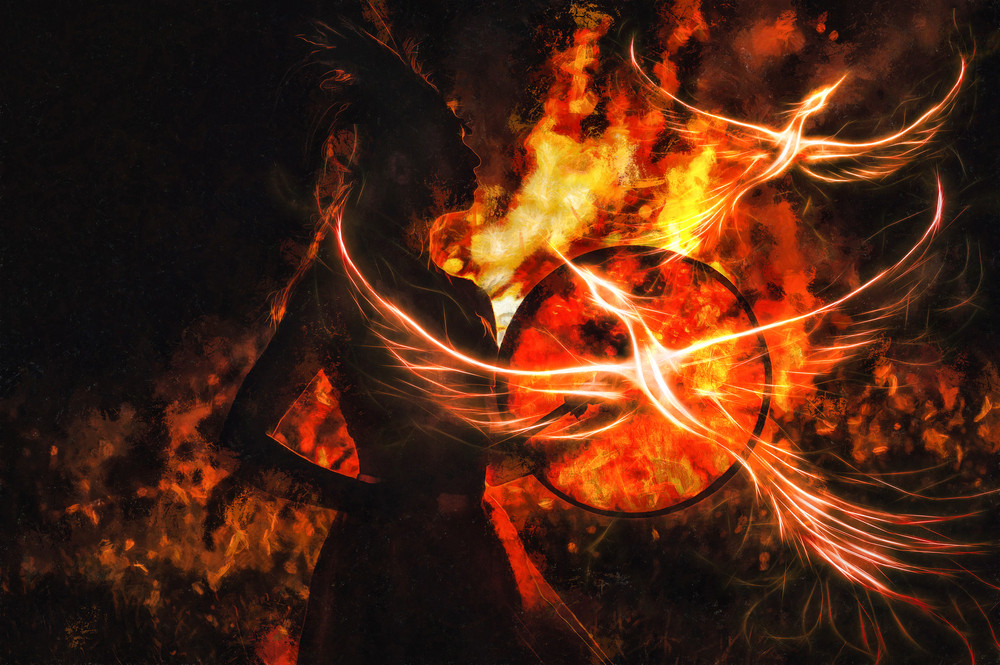
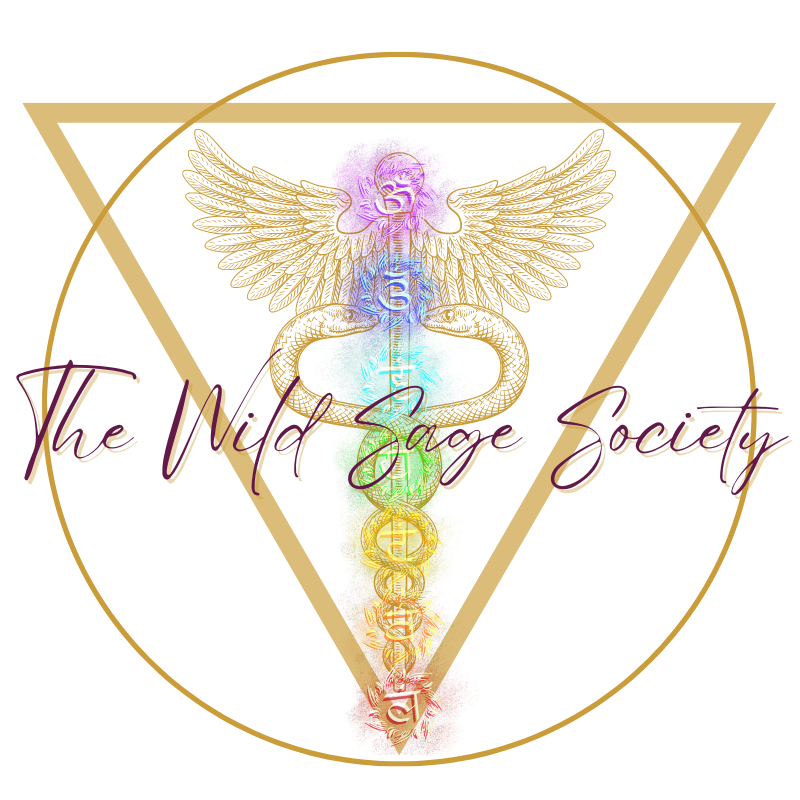
Welcome to The Wild Sage Society, where we believe in the power of embracing the natural cycles and rhythms of our planet. Discover why all our workshops, webinars, and signature events are carefully planned around these powerful moments, allowing you to harness the energies of our planet allies and the cardinal directions.
The Medicine Wheel Theory is deeply rooted in Native and Indigenous cultures and represents the circle of lessons that guide us through life's journey. It teaches us that everything in existence is alive and holds a sacred purpose. Each living thing, whether it be a stone, tree, creature, cloud, sun, moon, or human being, is seen as a relative and a teacher. By embracing this holistic worldview, we can deepen our connection to the Great Mystery and evolve spiritually.
At The Wild Sage Society, we recognize the profound influence of celestial events on our lives and the energies they bring forth. We plan our offerings around these events to maximize the transformative power available to us. Our signature events are thoughtfully scheduled during the Equinoxes and Solstices, as well as the changing of seasons or cardinal directions, according to the Medicine Wheel Theory.
The Equinoxes, which occur in spring and autumn, mark the moments when day and night are of equal length. These events symbolize balance and harmony, reminding us to seek equilibrium within ourselves and our relationship with the world. Our signature events during the Equinoxes focus on self-reflection, inner alignment, and embracing new beginnings.
The Solstices, celebrated in summer and winter, represent the extremes of light and darkness. They invite us to honor both the expansiveness of life and the introspective nature of the shadows. Our signature events during the Solstices emphasize personal growth, soulful introspection, and embracing the cycles of life.
In addition to the Equinoxes and Solstices, we also plan our offerings around the changing seasons and cardinal directions. Each season carries its unique energies and lessons, and by aligning with these natural transitions, we can deepen our understanding of ourselves and our place in the world.
For example, during the South direction of the Medicine Wheel, which represents birth and new beginnings, we focus on workshops and webinars that nurture personal growth, self-discovery, and cultivating a solid foundation. We just celebrated the changing of direction and the start of the 3rd quarter of 2023, at our sold out Summer Solstice Workshop and Fire Ceremony.

As we move towards the West direction, associated with introspection and transformation, we delve into topics such as healing, shadow work, and embracing change. Join us for our signature Fall Equinox Self Transformation Summit - CLICK HERE to learn more!
The North direction, symbolizing wisdom and the elder stage of life, inspires us to explore workshops and events centered around ancestral wisdom, mentoring, and embracing the legacy we leave behind. We have several events planned, including our signature Vision Casting, Goal Setting and Manifesting Workshop, to support us in successfully transitioning both personallly and professionally, from 2023 to 2024; check out our events page.
Lastly, the East direction represents new horizons, expansion, and spiritual growth. Workshops and events during this phase focus on topics like personal empowerment, intuitive development, and aligning with our life purpose.
By aligning our offerings with celestial events and the wisdom of the Medicine Wheel Theory, The Wild Sage Society provides a nurturing and transformative space for all seekers. Whether you join us for workshops, webinars, or our signature events, you can trust that each experience is thoughtfully planned to help you harmonize with the natural cycles and rhythms of our planet. Embrace the transformative power of celestial events and the cardinal directions, and embark on a journey of self-discovery, growth, and connection with nature's wisdom.
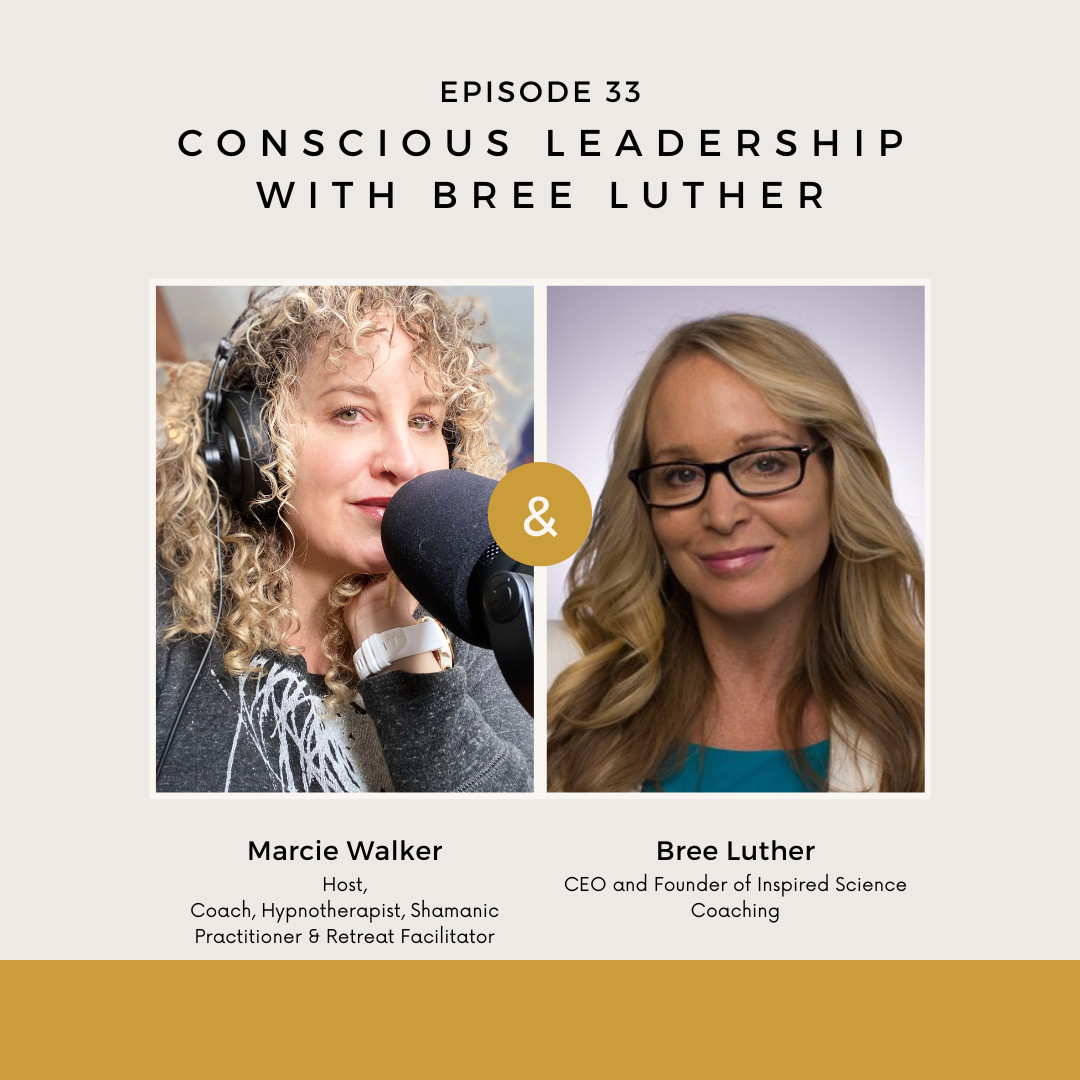
As we continue to emerge from the challenges of the global pandemic, it's important to recognize the transformational impact of artificial intelligence in the workplace. With this in mind, conscious leadership has become more crucial than ever. At its core, conscious leadership is about connecting on a deeper level with your team, fostering an environment of trust and collaboration, and possessing emotional intelligence. This type of leadership is critical for navigating uncertain times and empowering individuals and teams to thrive in the face of technological advancements.
While AI has the potential to enhance productivity and streamline processes, it's up to conscious leaders to ensure the technology serves the greater good. Conscious leaders bridge the gap between human intuition and the intellect of AI, guiding organizations towards a future that benefits both employees and stakeholders.
To dive deeper into the concepts of conscious leadership and its impact on personal and professional growth, we invite you to listen to Episode 33 of The Wild Sage Society Podcast with Bree Luther. Her wealth of experience and passion in the realm of emotional intelligence and transformative coaching make her a compelling voice in the world of conscious leadership.
While AI has the potential to enhance productivity and streamline processes, it's up to conscious leaders to ensure the technology serves the greater good. Conscious leaders bridge the gap between human intuition and the intellect of AI, guiding organizations towards a future that benefits both employees and stakeholders.
To dive deeper into the concepts of conscious leadership and its impact on personal and professional growth, we invite you to listen to Episode 33 of The Wild Sage Society Podcast with Bree Luther. Her wealth of experience and passion in the realm of emotional intelligence and transformative coaching make her a compelling voice in the world of conscious leadership.
In summary, by cultivating self-awareness, empathy, emotional intelligence, and transformative coaching techniques, leaders can guide their teams towards growth, purpose, and success, shaping a future where human connection and technological innovation coexist harmoniously.
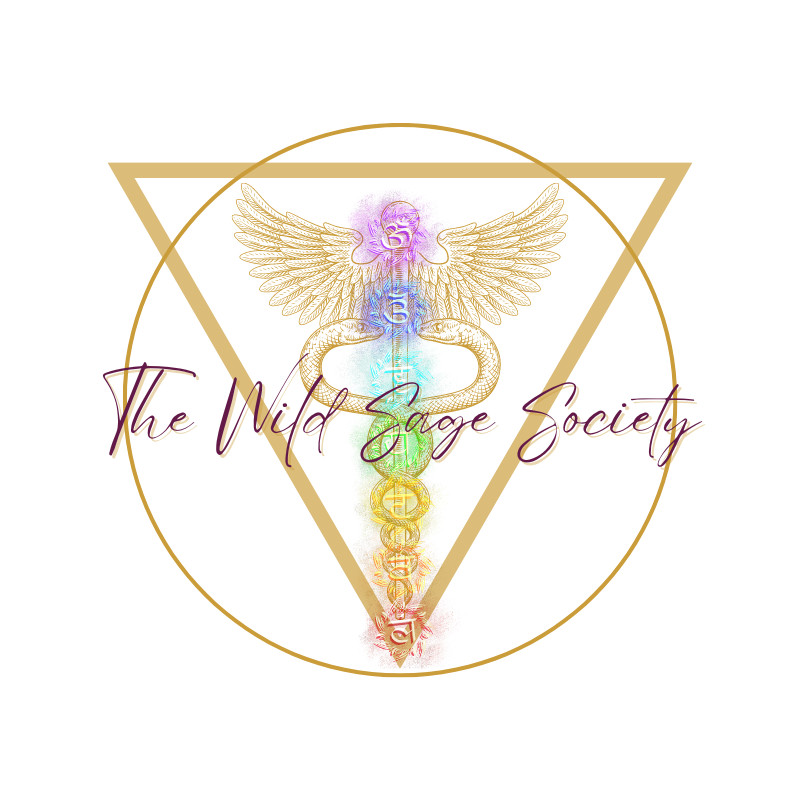
Are you a self-healer on a journey of self discovery, Spirituality and to help raise collective consciousness? Look no further than The Wild Sage Society, a transformative community offering a diverse range of resources and opportunities for growth. Our mission is to support self-healers in connecting with like-minded individuals while providing access to podcasts, workshops, retreats, webinars, memberships, and more. With a clear intention to nurture soulful alignment and facilitate personal and collective transformation, The Wild Sage Society welcomes volunteers, practitioners, podcast guests, speakers, and workshop facilitators who are passionate about making a positive impact.
Embracing Our "Why"
At the core of The Wild Sage Society is a deep understanding of the power of self-healing and its potential to elevate the collective consciousness. We believe that each individual possesses the innate ability to tap into their inner wisdom, and we are dedicated to supporting their journey. Our "Why" is to create a network of self-healers who are soulfully aligned, fostering a supportive community where personal growth, connection, and purpose flourish.
A Gateway to Inspiration
The Wild Sage Society Podcast serves as a gateway to inspiration, providing a platform for thought-provoking conversations with healers, spiritual leaders, doctors, and small business owners. Through engaging discussions on topics such as human resilience, conscious leadership, and modern shamanism, the podcast offers valuable insights and practical tools for personal and professional growth. Listeners gain access to transformative knowledge and the stories of individuals who have experienced profound healing and growth.
Workshops, Retreats, and Webinars
Deepening the Journey: In addition to the podcast, The Wild Sage Society offers workshops, retreats, and webinars that provide immersive experiences for self-healers. These transformative events bring together a network of like-minded individuals who are dedicated to personal and collective transformation. Through a blend of ancient wisdom and evidence-based practices, participants gain practical tools, deepen their self-healing journey, and cultivate connections that support ongoing growth.
Membership
Access to a Supportive Community: Membership with The Wild Sage Society provides access to an empowering community of self-healers. By joining, individuals gain exclusive benefits such as discounts on events, resources, and personalized support. Members can connect with fellow seekers, engage in meaningful conversations, and collaborate on projects that contribute to raising collective consciousness.
Volunteer and Practitioner Opportunities
Make a positive impact and contribute to The Wild Sage Society community as a volunteer or practitioner. Engage in our humanitarian passion project, the Embodied Wellness Collective, which combines evidence-based therapies with ancient wisdom to support individuals affected by Adverse Childhood Experiences (ACEs) on their healing journeys. By offering your time, skills, and expertise, you play a crucial role in providing compassionate care, nurturing personal growth, and fostering connections. Join us in creating a supportive community where healing, resilience, and purpose flourish for individuals from all walks of life. Together, we can make a difference in the lives of those affected by ACEs and help them thrive.
The Wild Sage Society is a vibrant and transformative community that nurtures self-healers and supports the elevation of collective consciousness. With offerings such as podcasts, workshops, retreats, webinars, memberships, and volunteer opportunities through the Embodied Wellness Collective, we provide a comprehensive platform for personal and collective growth. Join our community of like-minded individuals and unlock your potential as you embark on a soulful journey of self-healing and making a positive impact in the world. Together, we raise the collective consciousness and create a brighter future for all.
